With over 50 TU Costa 5 Rivers Clubs in the country, there are only six club presidents that have the honor of being called a Costa Ambassador. David Muench, President of the CU Fly Fishing Club, is one of those six to have received the honor. The Costa Ambassador program was created as an incentive to inspire the college club presidents to do a great job with their clubs. At the end of each semester Muench sent in a summary of all of the club's activities and programs. As president and Costa Ambassador, he had to help his club organize, everything from organizing fishing and cleanup trips to recruiting and teaching new people to fish.
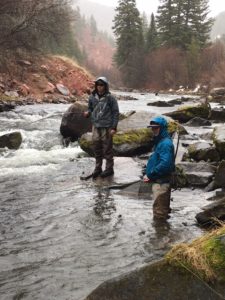 "It means a lot to me to be nominated as one top ambassadors in the Nation," said Muench. "I've easily put in a similar amount of time into the club as I have my final year of Engineering, I care a lot about the fly fishing club and it's amazing to realize that you're one of the best in the nation. No matter how much work I put in, I keep finding myself wondering if we could have done it better and what we've done wrong. It's just something else to have someone else say you're one of the best in the Country."
"It means a lot to me to be nominated as one top ambassadors in the Nation," said Muench. "I've easily put in a similar amount of time into the club as I have my final year of Engineering, I care a lot about the fly fishing club and it's amazing to realize that you're one of the best in the nation. No matter how much work I put in, I keep finding myself wondering if we could have done it better and what we've done wrong. It's just something else to have someone else say you're one of the best in the Country."
As president of the CU club, Muench has helped expand the members, activities and programs they partake in. The group helped participate in the Boulder Flycasters Chapter Youth Night by helping teach kids casting. The club also held two intro to fly fishing classes, and a BBQ club dinner included with every trip.
Muench joined the club in 2014 and became an officer right away. The president before him, Justin West, showed him how a good club president operates and inspired him to take the club to the next level. The club now has over 50 participants and about half them partake in the weekend trips.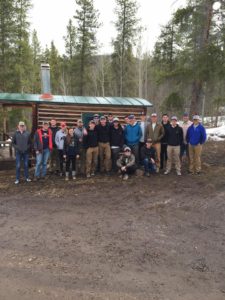
The former president also built the foundation in which Muench could grow the club on, "In the year before Justin, the club really consisted of just one fall trip and was completely inactive in the spring semester. Justin and all of the officers last year really put a lot of effort in getting the club's name out there and trying to get people more involved in the club. We started doing weekly tying nights, and tried to run some more trips. We did a lot of networking and really tried to grow our numbers. It was a tough year with poor turnouts, our last trip we had 5 people show up, however it laid the groundwork for this year."
When Muench took over, the club began new focus on recruiting new people who wanted to be apart of it by adding new events and making the meetings less intimidating. "This year we decided to stop trying to convince people to join and focus on making the club fun for those who wanted to be a part of it. I also wanted to put a lot of focus on making the club un-intimidating and welcoming to beginners and intermediate anglers. We ran two intro to fly fishing classes in the fall that were a huge success. The club has grown to over 50 active members this year, we ran four weekend trips with our worst turn out being 18 people and our best being 28. We also put a lot of emphasis into building relationships among the club members, we implemented a big club dinner/BBQ into every trip to try to get people to make friends among the club."
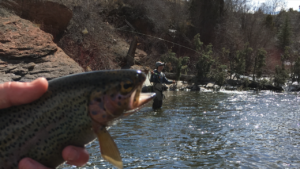 The success of the club doesn't stop there. David is hoping that the new president, Ryan Watson, will take the club even further and continue to expand, as well as have an improved focus on conservation.
The success of the club doesn't stop there. David is hoping that the new president, Ryan Watson, will take the club even further and continue to expand, as well as have an improved focus on conservation.
Included in expanding the program is working with other college programs. CU and Colorado State University may be rivals on the football field, but on the river, they're all on the same team of river stewardship, "CSU started a club this spring and were hoping to have them tag along on a couple of our trips, and help them out in any way we can. Having another club so nearby creates so many opportunities, from conservation to fun competitions."
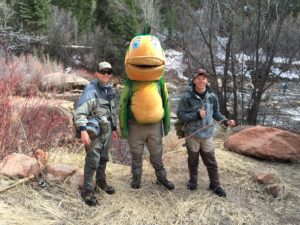 Being in the fraternity of a select few Costa Ambassadors, the role doesn't stop after graduation. Muench plans to continue to stay involved with TU and make a difference for Colorado's rivers and trout.
Being in the fraternity of a select few Costa Ambassadors, the role doesn't stop after graduation. Muench plans to continue to stay involved with TU and make a difference for Colorado's rivers and trout.
Muench graduated in the Spring of 2016 with a bachelor's degree in engineering from CU Boulder. He plans to move to Denver and stay involved with TU and work with the local chapters and groups in the area.






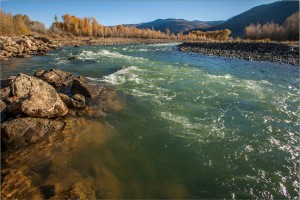
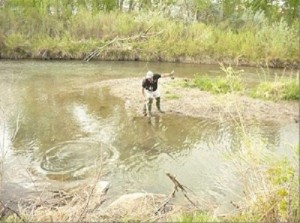
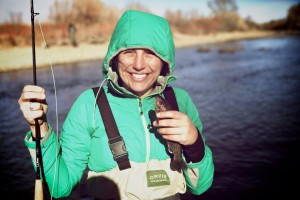
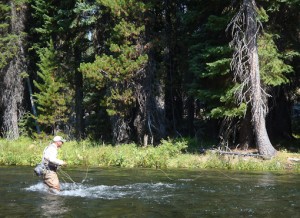


 great way to save money. And like most things, the correct answer is, "It depends." The initial cost of purchasing the tools and materials can range anywhere from $50-200+ but, again, this depends on the quality and quantity of materials.
great way to save money. And like most things, the correct answer is, "It depends." The initial cost of purchasing the tools and materials can range anywhere from $50-200+ but, again, this depends on the quality and quantity of materials.
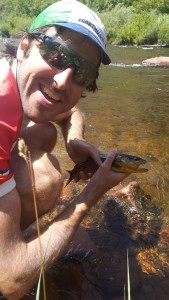




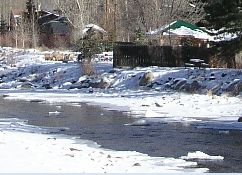


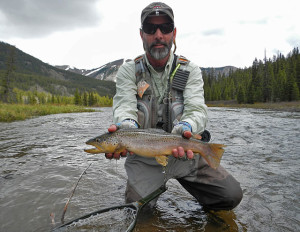 out of water will definitively kill the fish. There are tricks to minimizing air exposure and handling while still getting photo proof of your catch.
out of water will definitively kill the fish. There are tricks to minimizing air exposure and handling while still getting photo proof of your catch.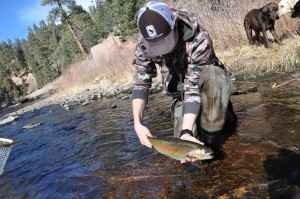 it doesn't need to leave the water). Even when the handling time is minimal, fish still need be released properly as well. When fish have experienced considerable physiological stress due to exercise and handling, they can lose their equilibrium, coordinated movements of their fins and roll or nosedive- resulting in death further on downstream.
it doesn't need to leave the water). Even when the handling time is minimal, fish still need be released properly as well. When fish have experienced considerable physiological stress due to exercise and handling, they can lose their equilibrium, coordinated movements of their fins and roll or nosedive- resulting in death further on downstream.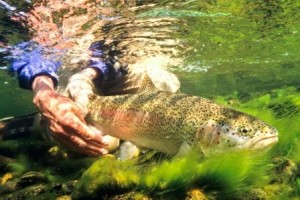 when helping it recover, do not move a fish back and forth—recall that water moving backwards over the gills does not help, but in fact, can actually harm the fish," says Dr. Danylchuck. "Let the fish go when its fins are showing coordinated movements, it can keep itself upright and it is actively trying to swim away from you."
when helping it recover, do not move a fish back and forth—recall that water moving backwards over the gills does not help, but in fact, can actually harm the fish," says Dr. Danylchuck. "Let the fish go when its fins are showing coordinated movements, it can keep itself upright and it is actively trying to swim away from you."
